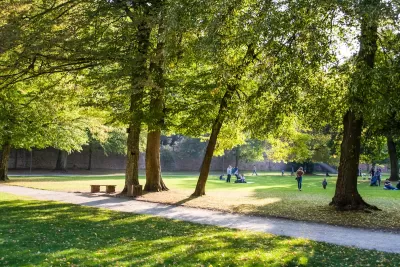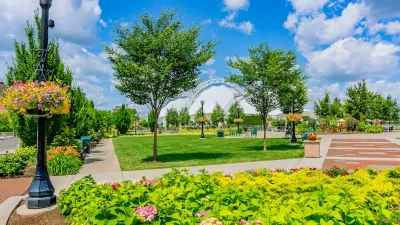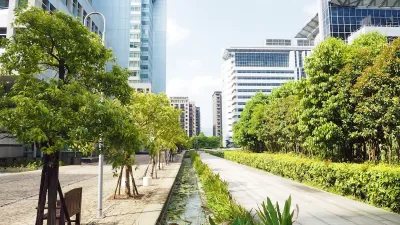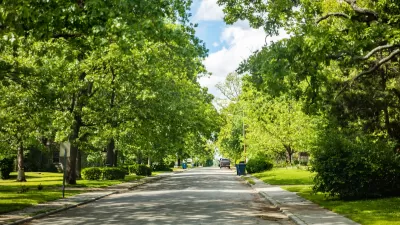The study reveals significant gaps in urban forestry, emphasizing the urgent need for reforms, innovative planting solutions, and expanded tree canopy to combat climate change and improve urban health.

The “3+30+300 rule,” a benchmark for greener cities introduced by urban forestry expert Professor Cecil Konijnendijk, sets standards for tree visibility, canopy cover, and park accessibility to enhance health, mitigate climate change, and create heat-resilient urban environments.
As reported by Thami Croeser, a study applying the rule to eight cities—Melbourne, Sydney, New York, Denver, Seattle, Buenos Aires, Amsterdam, and Singapore—revealed significant gaps in urban forestry infrastructure, with Singapore as the only city to pass all three criteria. Challenges include inadequate tree canopy coverage, insufficient access to parks, and issues like sparse planting and small tree sizes that limit shade and cooling benefits, even in cities renowned for their green initiatives.
Urban forests face structural challenges such as compacted soils, impermeable surfaces, and aggressive pruning practices that hinder tree growth and longevity. Sparse planting and restrictive engineering standards exacerbate these issues, making it difficult for cities to meet the benchmarks of the 3+30+300 rule. For example, while many buildings in Melbourne and Sydney have views of three trees, few achieve sufficient neighborhood canopy cover. Cities like Nice, France, face similar contradictions, with visible trees often being too small or too spread out to provide meaningful shade or ecological benefits.
To address these deficiencies, reforms are needed to prioritize trees as critical infrastructure alongside innovative planting solutions like soil vaults and permeable paving. These strategies not only enhance tree growth and longevity but also reduce urban flooding and improve environmental resilience. The study underscores the urgent need for cities worldwide to expand and protect urban forests, particularly as climate change intensifies and urban populations grow, emphasizing that comprehensive green infrastructure is essential for sustainable, livable cities.
FULL STORY: We rated the urban forests of 8 global cities – only Singapore passed the 30% canopy test

Maui's Vacation Rental Debate Turns Ugly
Verbal attacks, misinformation campaigns and fistfights plague a high-stakes debate to convert thousands of vacation rentals into long-term housing.

Planetizen Federal Action Tracker
A weekly monitor of how Trump’s orders and actions are impacting planners and planning in America.

In Urban Planning, AI Prompting Could be the New Design Thinking
Creativity has long been key to great urban design. What if we see AI as our new creative partner?

King County Supportive Housing Program Offers Hope for Unhoused Residents
The county is taking a ‘Housing First’ approach that prioritizes getting people into housing, then offering wraparound supportive services.

Researchers Use AI to Get Clearer Picture of US Housing
Analysts are using artificial intelligence to supercharge their research by allowing them to comb through data faster. Though these AI tools can be error prone, they save time and housing researchers are optimistic about the future.

Making Shared Micromobility More Inclusive
Cities and shared mobility system operators can do more to include people with disabilities in planning and operations, per a new report.
Urban Design for Planners 1: Software Tools
This six-course series explores essential urban design concepts using open source software and equips planners with the tools they need to participate fully in the urban design process.
Planning for Universal Design
Learn the tools for implementing Universal Design in planning regulations.
planning NEXT
Appalachian Highlands Housing Partners
Mpact (founded as Rail~Volution)
City of Camden Redevelopment Agency
City of Astoria
City of Portland
City of Laramie





























